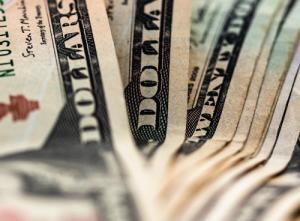Consumer expenditures in April, according to the U.S. Commerce Department, were up 9.2 percent from April of last year. But expenditures to pay consumers’ electric utility bills were up much more, 16.3 percent.

As a result, electric bills were 1.32 percent of consumer expenditures in April. Which is significantly higher than in April of last year when electric bills were 1.24 percent.
Prices are of course rising throughout the economy. Including, most definitely, for that key commodity natural gas which has really driven up kilowatt-hour rates.
1.32 percent for the best measure of electricity’s average affordability isn’t that bad historically. Though if and when natural gas prices moderate, it will be great to get this metric back under 1.30 percent.
Did you notice? I said there that electricity’s percentage of consumer expenditures is the best measure of average affordability. Underline and bold that word, average.
Because income inequality has been increasing. A significant rise in electricity’s average percentage could very well reflect a very significant rise in electricity’s percentage for low- and moderate-income consumers.
Which again begs that big question in rate design. How can we support needed utility investment and at the same time minimize the bill impact on LMI customers especially?


